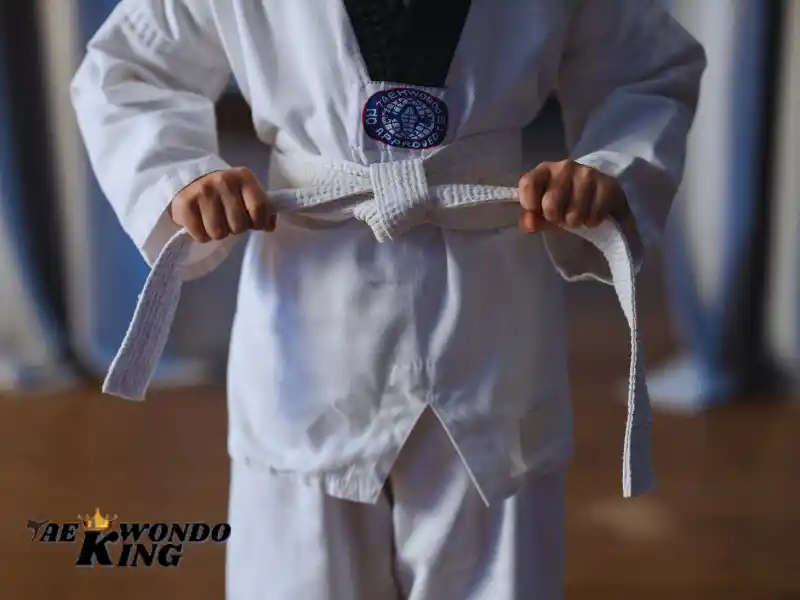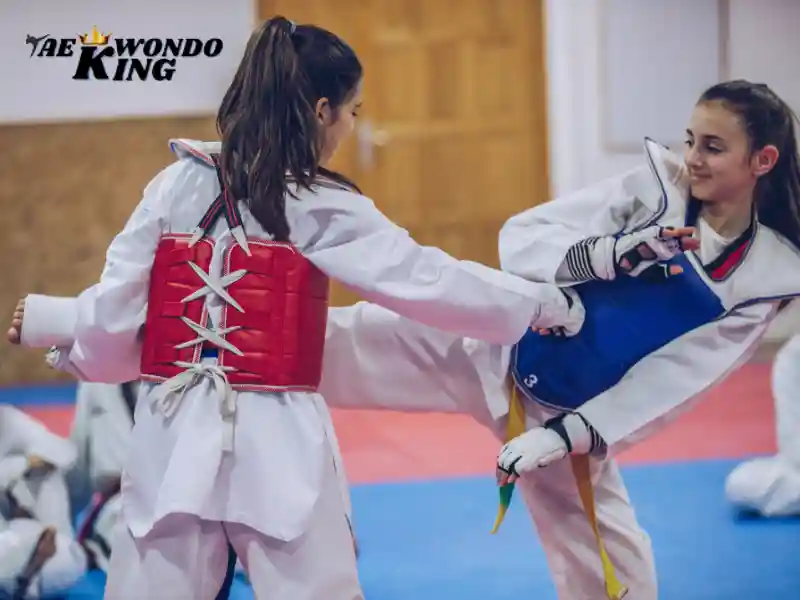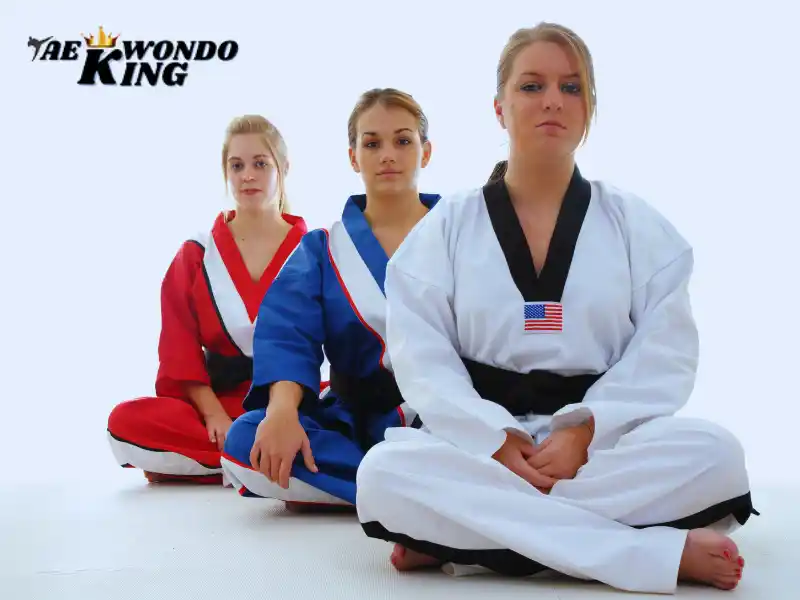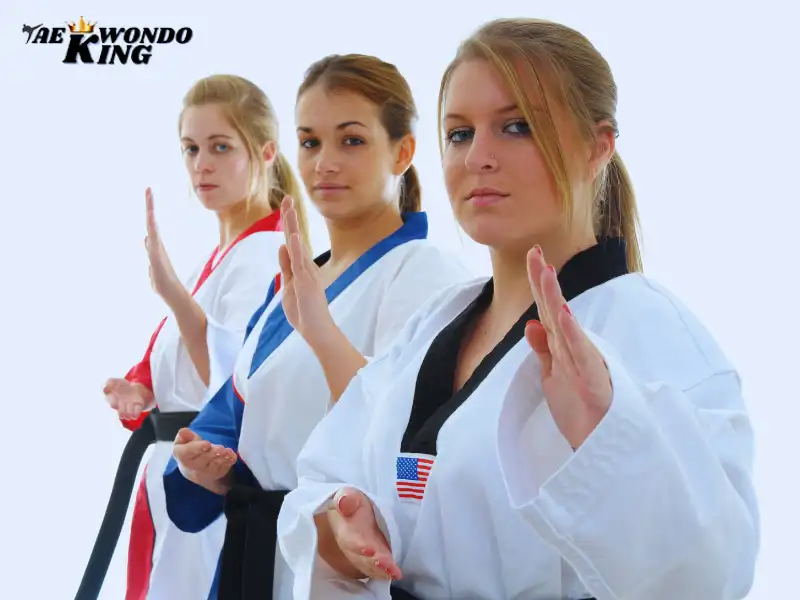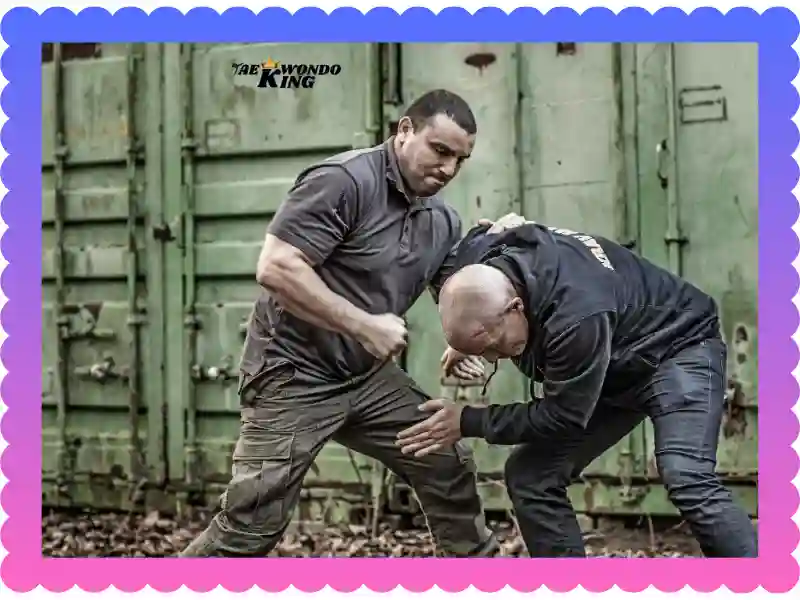
The allure of martial arts transcends self-defense. It’s a captivating dance between discipline, power, and strategic thinking. But with countless styles out there, which ones pack the most wallop? While danger isn’t the sole measure of a martial art’s effectiveness, some are renowned for their ability to end altercations swiftly and decisively. Here’s a look at 15 of the most potent martial arts in the world, keeping in mind 2024’s landscape:
Krav Maga (Israel):
Brutal and efficient, Krav Maga prioritizes real-world scenarios. It incorporates strikes, grappling, and weapon defenses to neutralize threats quickly. Think of it as a self-defense toolbox designed for maximum impact.
Muay Thai (Thailand):
Also known as “the art of eight limbs,” Muay Thai utilizes devastating strikes from elbows, knees, shins, and fists. Renowned for its brutal clinch fighting and powerful kicks, it’s a force to be reckoned with.
Brazilian Jiu-Jitsu (Brazil):
BJJ thrives on ground fighting. By utilizing leverage and technique, a smaller person can control and submit to a larger opponent. This focus on real-world self-defense makes it a favorite for civilians and MMA fighters alike.
Eskrima (Philippines):
Eskrima, also known as Arnis or Kali, is a weapon-based art from the Philippines. It emphasizes weapon-disarming and quick, flowing movements to take down opponents. The empty-hand techniques translate surprisingly well to real-world self-defense situations.
Savate (France):
“French Boxing” is a fusion of Western boxing with kicks from Capoeira. Savate emphasizes footwork, agility, and powerful kicks, making it a well-rounded and potentially dangerous fighting system.
Kurtka Wrestling (Central Asia):
This grappling-based martial art focuses on throws, takedowns, and controlling your opponent on the ground. Kurtka wrestling, also known as Turkmen wrestling or Goresh, demands exceptional strength and technique.
Sanshou (China):
A modern marvel, Sanshou (Sanda) blends striking, kicking, throws, and takedowns. Its dynamic nature and focus on power make it a spectacular and potentially very dangerous fighting style.
Kyokushin Karate (Japan):
Known for its intense conditioning and full-contact sparring, Kyokushin is a brutal and effective karate style. It emphasizes powerful strikes and knockouts, making it a force to be reckoned with.
Pencak Silat (Southeast Asia):
A diverse umbrella term for indigenous fighting styles from Southeast Asia, Pencak Silat encompasses weapon-based fighting, grappling, and empty-hand techniques. Its focus on real-world application makes it a dangerous art in the right hands.
Boxing (Global):
Don’t underestimate the “sweet science.” Boxing hones footwork, agility, and precision striking. While seemingly simple, mastering boxing’s nuances takes years, resulting in a powerful and potentially very dangerous striking art.
Wrestling (Global):
An ancient art with global variations, wrestling focuses on takedowns, throws, and grappling holds to control and pin your opponent. Its emphasis on body control and takedowns makes it a valuable foundation for many MMA fighters and a dangerous skill in a real fight.
Systema (Russia):
Developed for the Russian military, Systema focuses on unarmed combat and weapon defenses using natural reflexes and instinct. It trains for unpredictable situations and multiple attackers, making it potentially very dangerous in the right context.
Kali (Philippines):
Similar to Eskrima, Kali emphasizes weapon-based combat but also includes empty-hand techniques. Its focus on using everyday objects as weapons makes it a potentially dangerous option for self-defense.
MMA (Mixed Martial Arts):
MMA combines various martial arts disciplines into a one-on-one combat sport. While not a traditional martial art, MMA training provides a well-rounded approach to real fighting situations, making it potentially very dangerous.
Kung Fu (China):
Kung Fu is a vast and varied umbrella term for countless Chinese martial arts styles. Some emphasize powerful strikes, while others focus on flowing movements and joint locks. Any Kung Fu style can be dangerous in the hands of a skilled practitioner.
Remember, “dangerous” doesn’t equate to “best.” The effectiveness of any martial art depends on the individual, the situation, and the level of training. However, these 15 styles are renowned for their ability to stop threats quickly and efficiently, making them worthy of respect and admiration.
FAQs
What are the top 15 most potent martial arts in the world for 2024?
The top 15 most potent martial arts in the world for 2024 include Brazilian Jiu-Jitsu, Krav Maga, Muay Thai, Boxing, Judo, Mixed Martial Arts (MMA), Sambo, Silat, Wing Chun, Jeet Kune Do, Taekwondo, Hapkido, Karate, Eskrima (Kali/Arnis), and Capoeira. These martial arts are recognized for their effectiveness in self-defense, combat sports, and real-life combat situations.
How is Brazilian Jiu-Jitsu (BJJ) effective in self-defense?
Brazilian Jiu-Jitsu (BJJ) is effective in self-defense because it emphasizes ground fighting and submission holds. BJJ techniques enable a practitioner to control and neutralize an opponent regardless of size or strength, making it practical for real-world situations.
Why is Krav Maga considered one of the most potent Martial Arts?
Krav Maga is considered potent because it focuses on real-world self-defense and combat techniques. It incorporates practical, quick, and effective methods to neutralize threats, emphasizing instinctive movements and situational awareness, making it highly effective in various combat scenarios.
What makes Muay Thai a powerful Martial Art?
Muay Thai, known as the “Art of Eight Limbs,” is powerful due to its use of punches, kicks, elbows, and knees. This martial art emphasizes physical conditioning, power, and endurance, making its techniques devastating in close combat and street fights.
How does Mix Martial Arts (MMA) rank among the most potent Martial Arts?
Mixed Martial Arts (MMA) ranks highly among the most potent martial arts because it combines techniques from various disciplines, including striking and grappling. This comprehensive approach prepares practitioners for a wide range of scenarios, making MMA versatile and effective in real fights.
Why is Boxing included in the list of most potent Martial Arts?
Boxing is included because of its emphasis on powerful punches, footwork, and defensive techniques. Boxers develop strong hand-eye coordination, speed, and the ability to deliver precise and powerful strikes, making it practical and effective for self-defense.
What are the unique advantages of Judo in combat situations?
Judo offers unique advantages in combat situations with its focus on throws, takedowns, and grappling techniques. Judo practitioners learn to use an opponent’s momentum against them, making it effective for controlling and neutralizing threats in close-quarters combat.
How does Sambo stand out among other Martial Arts?
Sambo stands out due to its combination of Judo and wrestling techniques, emphasizing practical self-defense. It includes throws, grappling, and striking, making it effective in both stand-up and ground combat scenarios, with a comprehensive approach to real-world application.
What makes Wing Chun a potent Martial Art?
Wing Chun is potent due to its focus on close-quarters combat, quick and direct strikes, and efficient defense. Practitioners learn to react swiftly and maintain control over their centerline, making it effective for defending against sudden attacks and multiple assailants.
How does Silat contribute to the potency of Martial Arts?
Silat contributes to the potency of martial arts with its versatile and practical self-defense techniques, including strikes, joint locks, and weapon defense. Its emphasis on fluid movements and adaptability makes it effective in various combat situations, enhancing the practitioner’s ability to defend against multiple types of attacks.

Founder, Owner, and CEO of TaekwondoKing.
He is one of the top 100 martial artists in the World and among the top 20 referees in Bangladesh.
Ehatasamul Alom is an esteemed Kukkiwon Certified Taekwondo 3rd Dan Black Belt with over 15 years of experience in this dynamic martial art. Born in Rajshahi, Bangladesh, Ehatasamul’s journey with Taekwondo began at the tender age of seven. His passion led him to compete at national and international levels, where he has bagged numerous awards and honors. He is also a member of the Taekwondo National Referee Panel.
With a Bachelor’s degree in Sports Science from the prestigious Rajshahi University, Ehatasamul has a deep understanding of the technical and scientific aspects of martial arts and some other martial arts.
In 2022, Ehatasamul created the “TaekwondoKing.com” to share his knowledge, Free Resources, Values, and Real experiences. His articles focus on Taekwondo training techniques, competition strategies, Sport Products Reviews, and the art’s rich history and philosophy. He also writes about the importance of mental fortitude and discipline, key aspects of his teaching philosophy. He has already launched many sports, Taekwondo, and health-related Free online tools. His goal is to inspire both beginners and seasoned practitioners worldwide through insightful and engaging content.
If you need any help, contact Ehatasamul Alom at any time.

